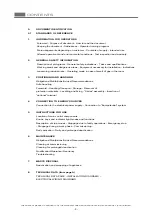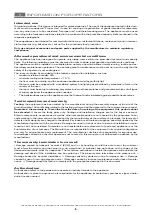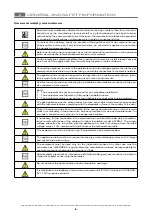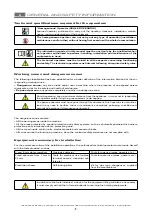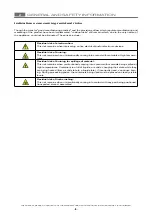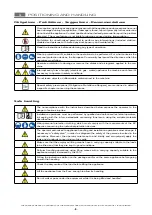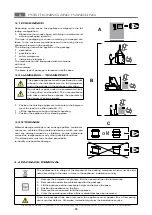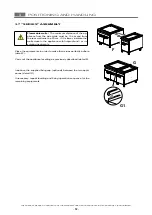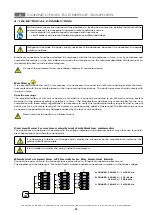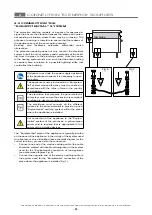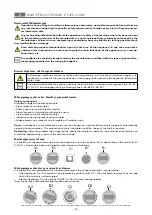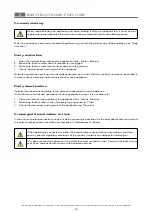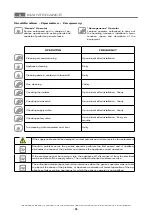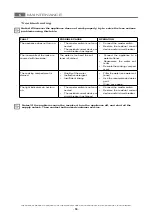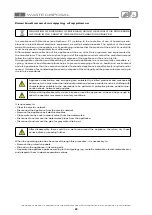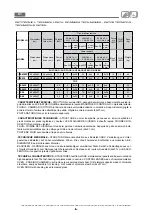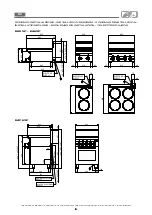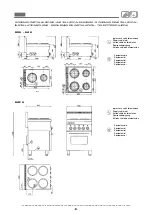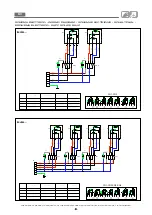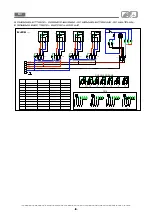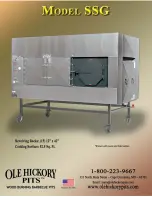
POSITIONING AND HANDLING
11
THE PRESENT MANUAL IS PROPERTY OF THE MANUFACTURER. ANY REPRODUCTION, EVEN PARTIAL, IS PROHIBITED.
- 11 -
3.
3.5
REMOVAL OF PROTECTION MATERIALS
The outer surfaces of the appliance are protected by a coating of adhesive film, which must be manually re
-
moved once positioning phase is over.
Clean the appliance manually removing all the material used to protect its parts.
Make sure not to damage the stainless steel surfaces, and remember especially not to use cor-
rosive products, abrasive material or sharp tools.
Do not use pressurised direct water or steam cleaners jets for cleaning operations
Do not use aggressive materials such as solvents to clean the appliance.
Carefully read the indications on the label of the detergent products being used, wear a protective
equipment suitable to the operations to be carried out (See protection means indicated on the
label of the packaging)
Rinse the surfaces with tap water and dry them with an absorbent cloth or other non abrasive
material.
3.6 LEVELLING AND FIXING
Position in the working area (see allowed operational
and environmental conditions), with the different equip-
ments already made suitable.
Levelling and fixing envisage: the equipment adjust
-
ment as an individual independent unit or, if foreseen,
its fixing in a "series".
Position a level on the structure (detail D).
Adjust the levelling feet (detail E) according to the indi-
cations shown by the level.
The appliance is perfectly levelled when lev
-
el and feet are adjusted on the same width
and depth of the appliance.
FIXING TOP MACHINES ON STAND
Before proceeding with the operations, see “Handling safety”.
Unscrew the front feet of the top appliance (detail A).
Fit the back feet into the corners of the cupboard support (detail B).
Position the appliance so that it fully rests on the cupboard base.
Screw the front feet into the holes provided for fixing to the base (de
-
tail A).
Ensure that it is level and assemble in “series”.
E
D
E
A
B







